Amidst the rolling hills and verdant landscapes of Ohio lie ancient monuments of a bygone era—burial mounds crafted by the hands of Native American cultures. These mounds, some rising majestically from the earth, hold within them stories untold, secrets buried deep within the soil. They are more than mere piles of earth; they are testimonies to the rich cultural tapestry of the peoples who once thrived in this region. The mounds are silent witnesses to rituals, beliefs, and histories that shaped the lives of their creators. Yet, for many, these earthen structures remain shrouded in mystery, waiting for their stories to be unearthed.
The Mound Builders: A Historical Overview
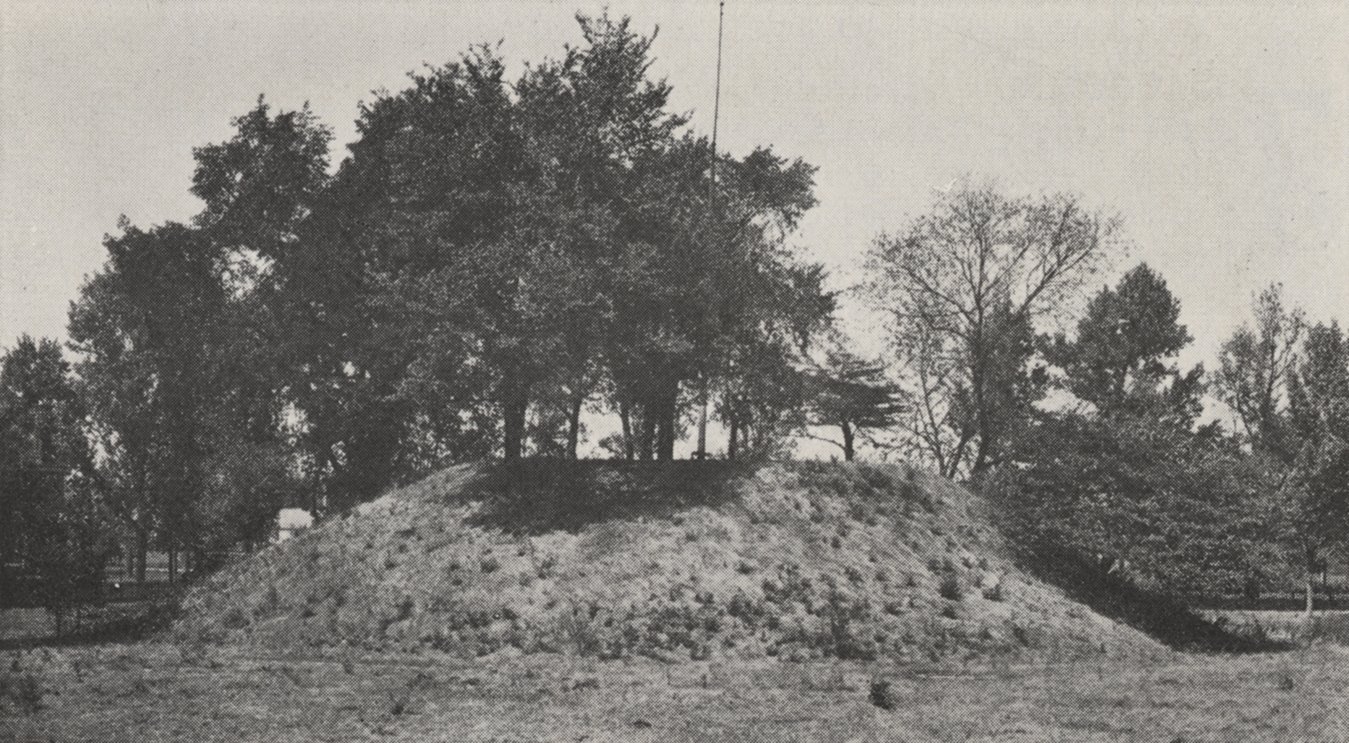
The term “Mound Builders” refers to several Native American cultures that constructed earthen mounds across the North American landscape, particularly in the Ohio Valley. These cultures, most notably the Adena, Hopewell, and Fort Ancient, thrived between 1000 BCE and 1650 CE. The mounds they left behind vary greatly in size and shape, from small, simple structures to elaborate and vast complexes. Each mound served a distinct purpose, from burial sites to ceremonial centers. The sheer scale and diversity of these structures reflect a sophisticated society with complex social and religious practices. Their existence challenges the simplistic narratives often associated with pre-Columbian North America.
The Adena Culture: Pioneers of Mound Building
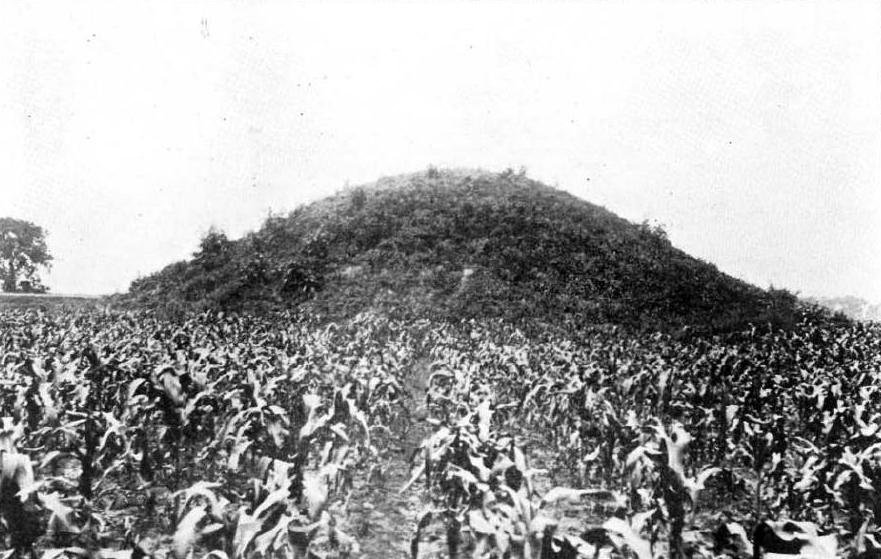
The Adena culture, flourishing from 1000 BCE to 200 CE, is among the earliest known Mound Builders in Ohio. They were primarily hunter-gatherers but also practiced early forms of agriculture. The Adena are credited with constructing the first burial mounds, often located near their villages. These mounds served as burial sites for their dead, a practice that likely held spiritual significance. Artifacts found within these mounds, such as intricately carved stone pipes and pottery, provide insights into the Adena’s artistic and ceremonial life. Their legacy lives on through these earthworks, marking the beginnings of complex societal structures in the region.
Hopewell Culture: An Era of Artistic Flourish
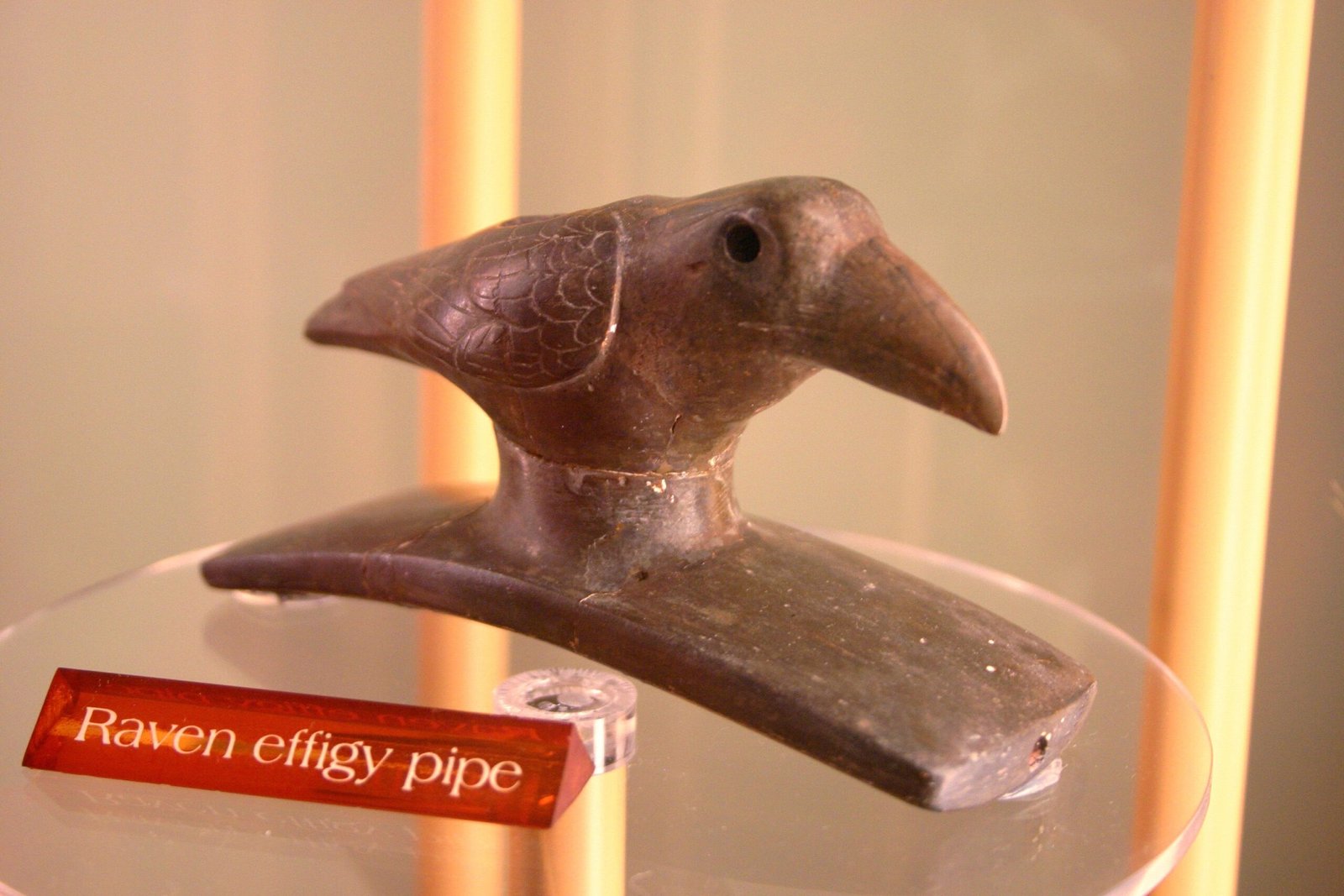
Following the Adena, the Hopewell culture emerged around 200 BCE, lasting until 500 CE. Renowned for their elaborate earthworks, the Hopewell people expanded on the Adena’s traditions, creating even more complex and extensive mounds. These were not merely burial sites but also served as platforms for ceremonies and gatherings. The Hopewell are celebrated for their artistry, as evidenced by the exquisite artifacts found within their mounds, including jewelry, pottery, and effigies. Their trade networks spanned vast distances, bringing materials like copper from the Great Lakes and shells from the Gulf Coast. These connections highlight the Hopewell’s role as a central hub of cultural exchange.
Spiritual Significance of the Mounds
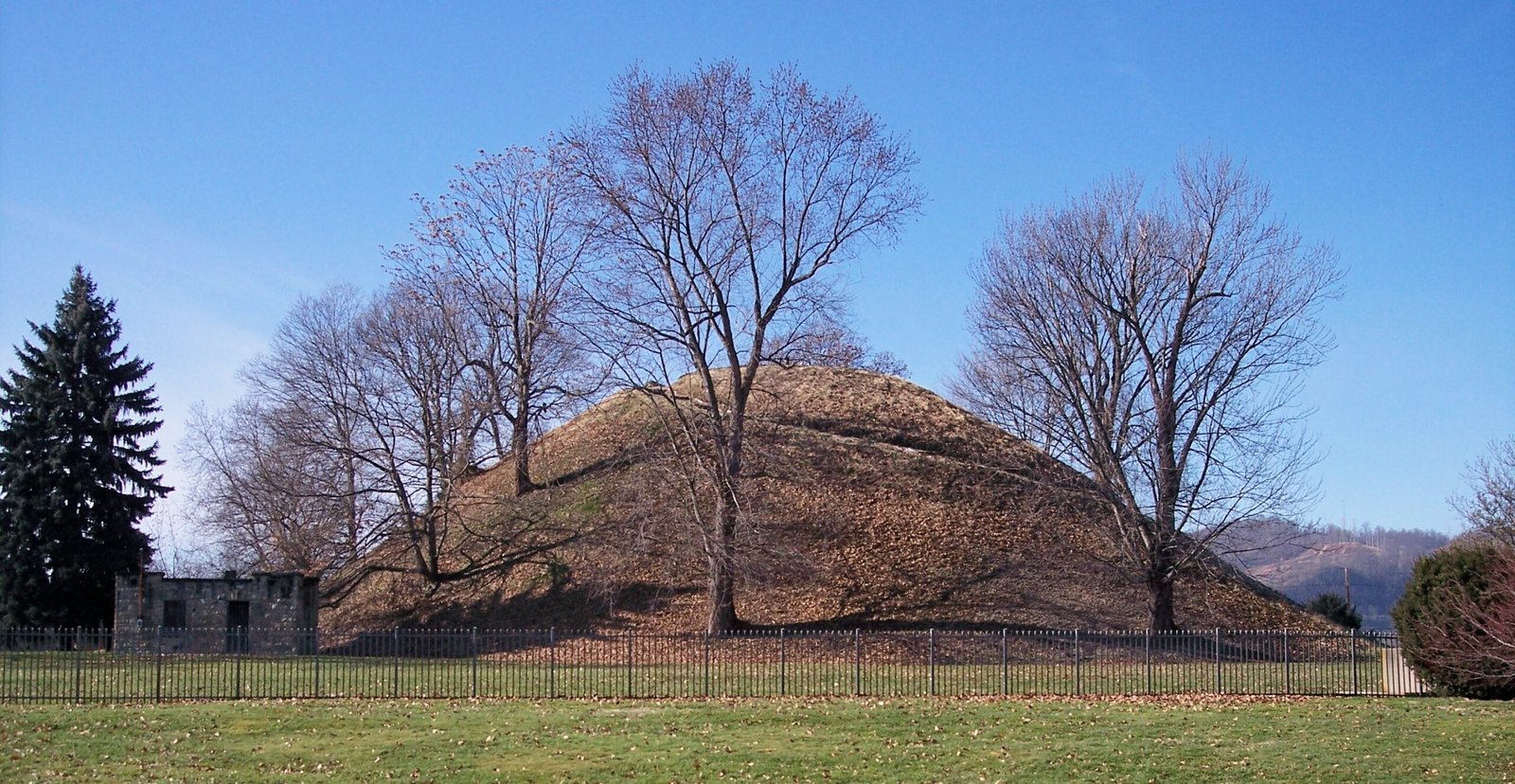
For the Mound Builders, these earthworks were not just physical structures but spiritual monuments. They believed in a close relationship between the earth and the afterlife, with mounds serving as portals to the spiritual realm. The construction of mounds was likely a community effort, deeply rooted in religious and social practices. Ceremonies held at these sites would have reinforced communal bonds and served as a means of passing down traditions and beliefs. The alignment of some mounds with celestial events suggests that their builders had a sophisticated understanding of astronomy, using the stars to guide their spiritual journeys.
The Role of Astronomy in Mound Construction
Interestingly, many of the larger mounds and earthworks show alignments with celestial bodies, indicating the builders’ advanced knowledge of astronomy. These alignments may have been used to mark solstices and equinoxes, serving both practical and ceremonial purposes. The Great Serpent Mound, for instance, is aligned with the setting sun on the summer solstice. Such alignments suggest that the Mound Builders were not only skilled engineers but also keen observers of the natural world. This celestial understanding would have played a crucial role in shaping their calendar, agricultural practices, and religious ceremonies.
Archaeological Discoveries and Insights
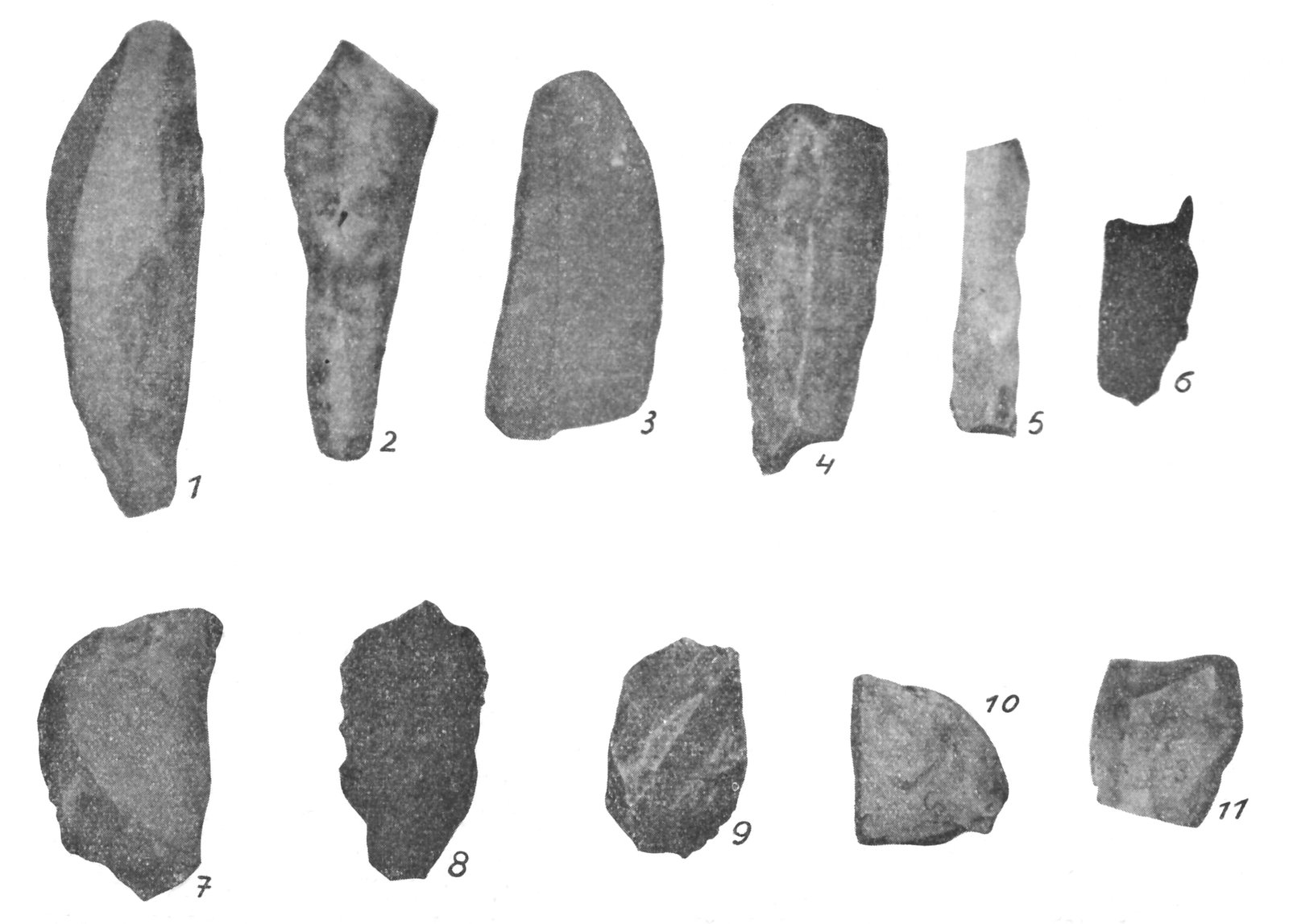
Over the years, archaeological excavations of these mounds have unearthed a wealth of artifacts, providing invaluable insights into the lives of their creators. Items such as tools, pottery, and personal adornments paint a picture of a vibrant and dynamic culture. The discovery of intricate burial goods suggests a society that valued craftsmanship and artistic expression. These findings challenge outdated perceptions of Native American societies as simple or primitive. Instead, they reveal a complex social hierarchy, with leaders or shamans likely playing key roles in mound construction and ceremonial practices.
The Great Serpent Mound: An Iconic Earthwork
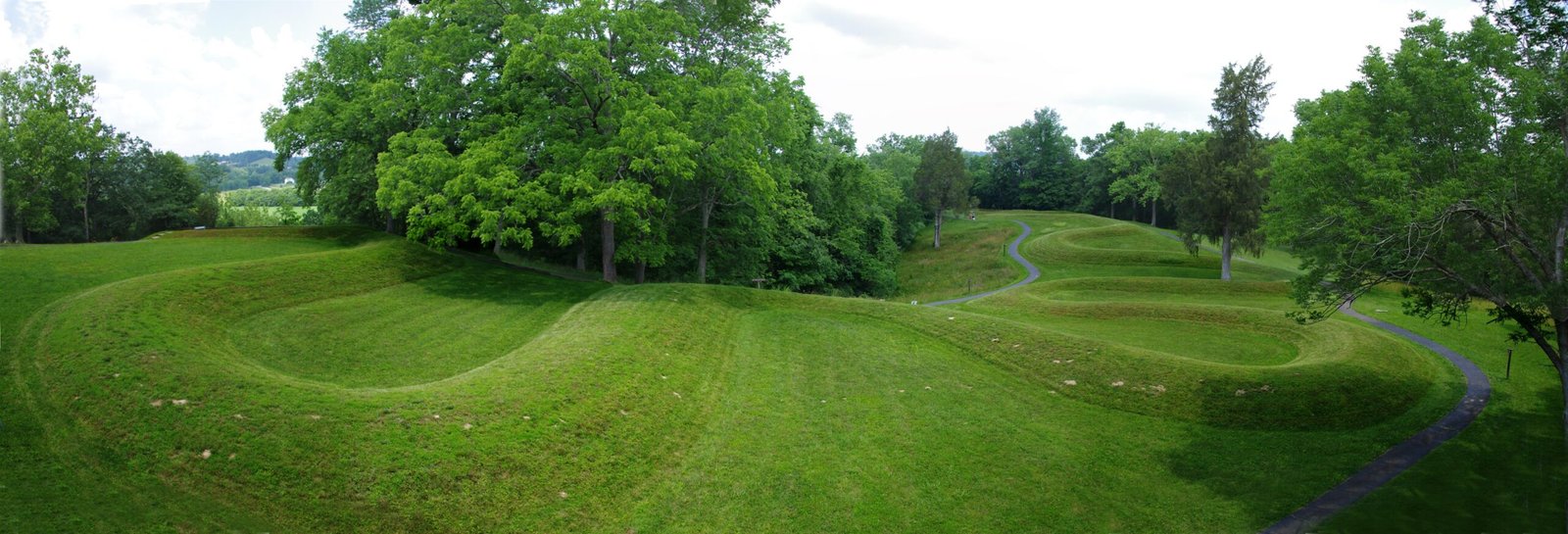
Perhaps the most famous of Ohio’s mounds is the Great Serpent Mound, a colossal effigy mound in the shape of a serpent. Stretching over 1,300 feet, this enigmatic structure is believed to have been constructed by the Adena culture, though some theories suggest it may have been built by later cultures. Its purpose remains a mystery, with theories ranging from a burial site to an astronomical observatory. The mound’s serpentine form, with its coiled tail and open mouth, has captivated researchers and visitors alike. It stands as a testament to the ingenuity and spiritual depth of its creators.
The Rediscovery and Preservation Efforts
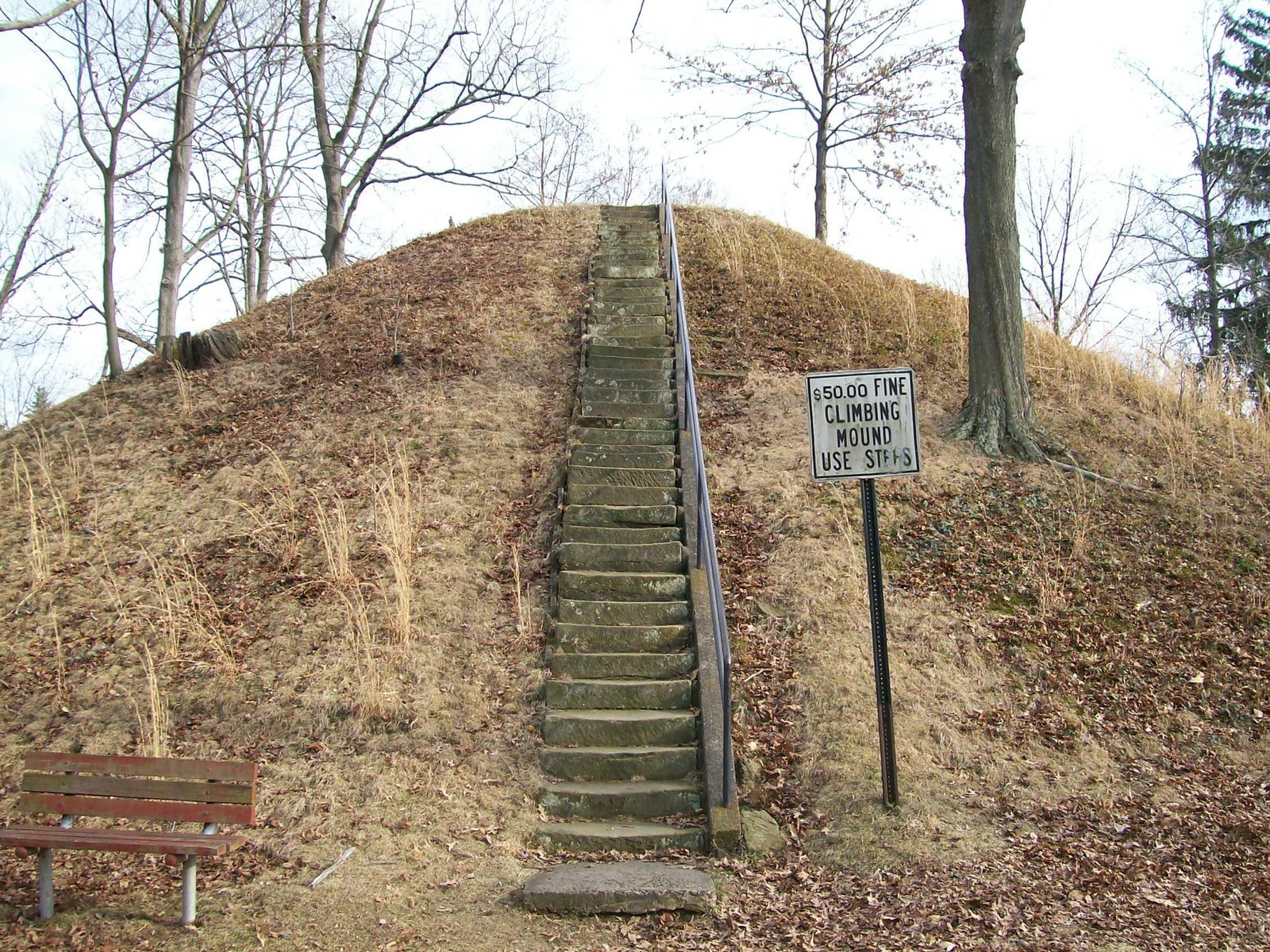
In the 19th century, as European settlers expanded westward, many of Ohio’s mounds were rediscovered. Unfortunately, during this period, numerous mounds were destroyed due to agriculture and development. Recognizing their historical importance, efforts have been made to preserve and protect these sites. Organizations and state agencies now manage many mounds, ensuring their conservation for future generations. These efforts not only safeguard the physical structures but also honor the cultural heritage they represent. Preservation initiatives often include educational programs, helping to raise awareness about the significance of these ancient monuments.
Modern Interpretations and Cultural Relevance
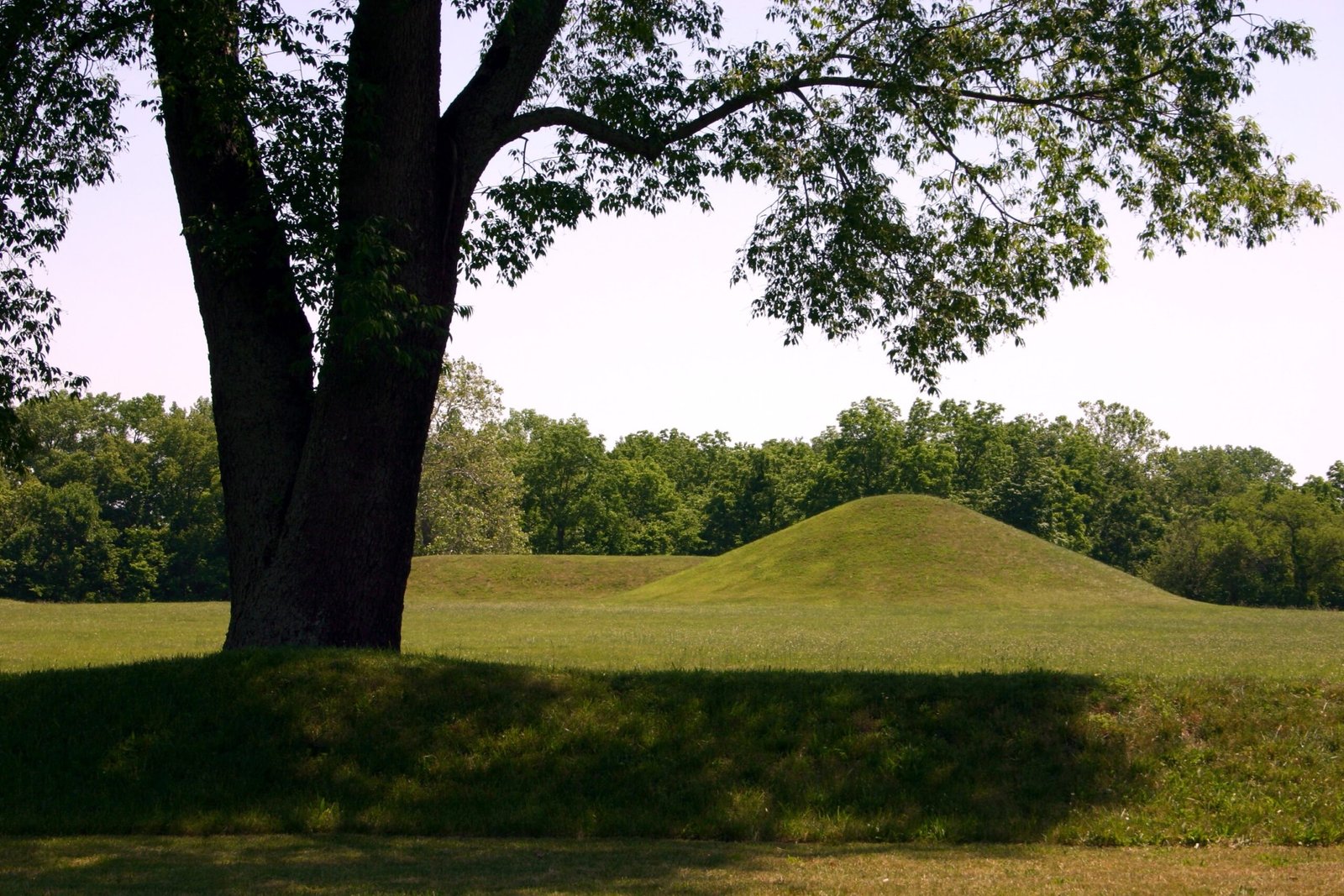
Today, the mounds of Ohio continue to intrigue scholars, historians, and the general public. They serve as a powerful reminder of the region’s rich indigenous history and the ingenuity of its early inhabitants. For many Native American communities, these mounds are sacred sites, integral to their cultural identity and heritage. Modern interpretations of the mounds often focus on their role as symbols of resilience and cultural continuity. By studying these structures, we gain a deeper appreciation for the complexity and diversity of pre-Columbian societies in North America. They challenge us to reconsider our understanding of history and the legacies of those who came before us.
The Ongoing Mystery and Call for Exploration
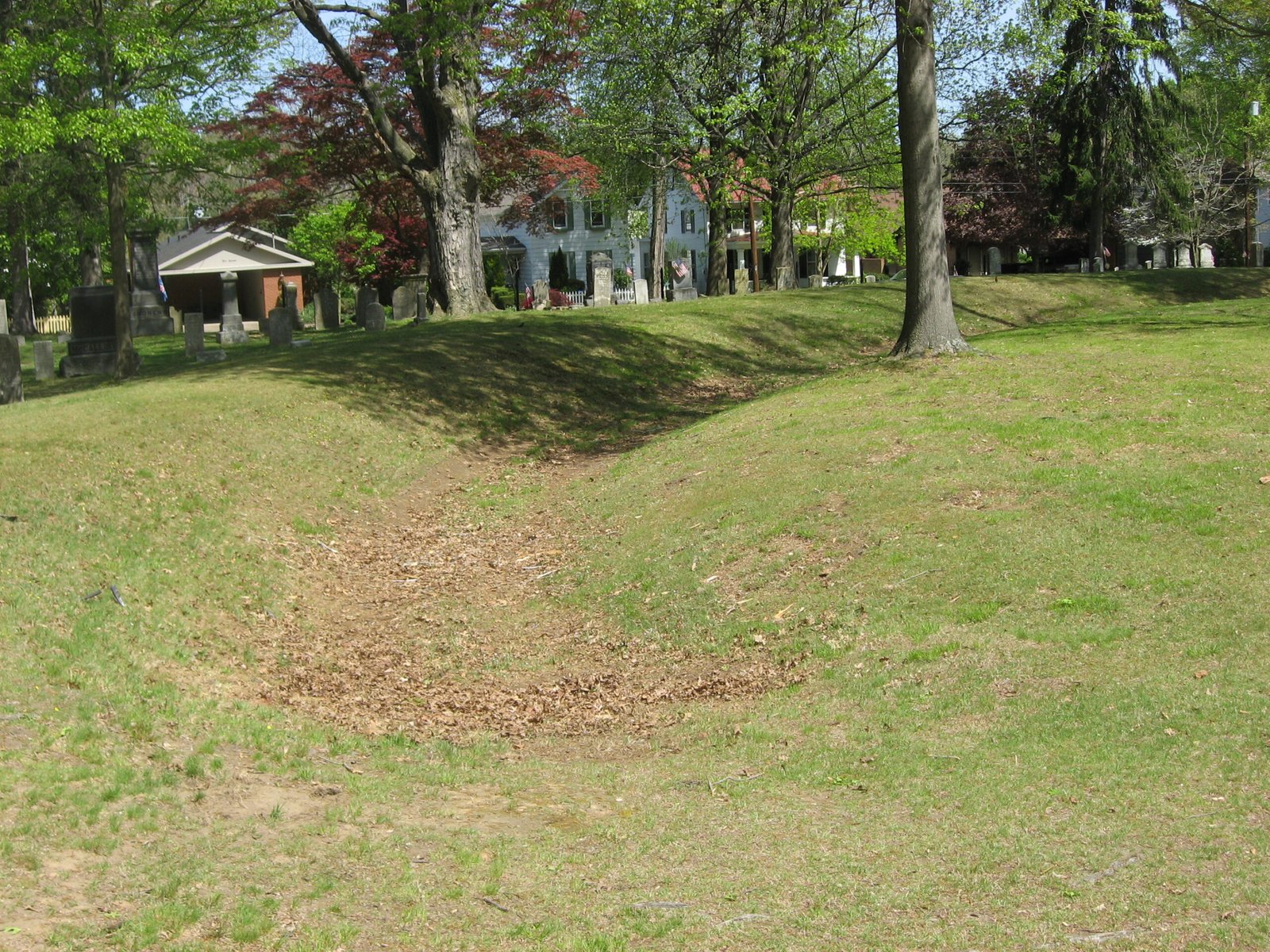
Despite decades of research, much about Ohio’s burial mounds remains shrouded in mystery. Each excavation and study uncovers new questions, inviting further exploration and understanding. These ancient structures continue to captivate the imagination, drawing visitors and researchers from around the world. As we delve deeper into their secrets, we are reminded of the rich tapestry of human history and the enduring legacy of the Mound Builders. The mounds stand as silent witnesses to the past, urging us to seek knowledge and embrace the stories etched into the very fabric of the earth. As we look to the future, they call on us to preserve and protect these historical treasures for generations yet to come.




